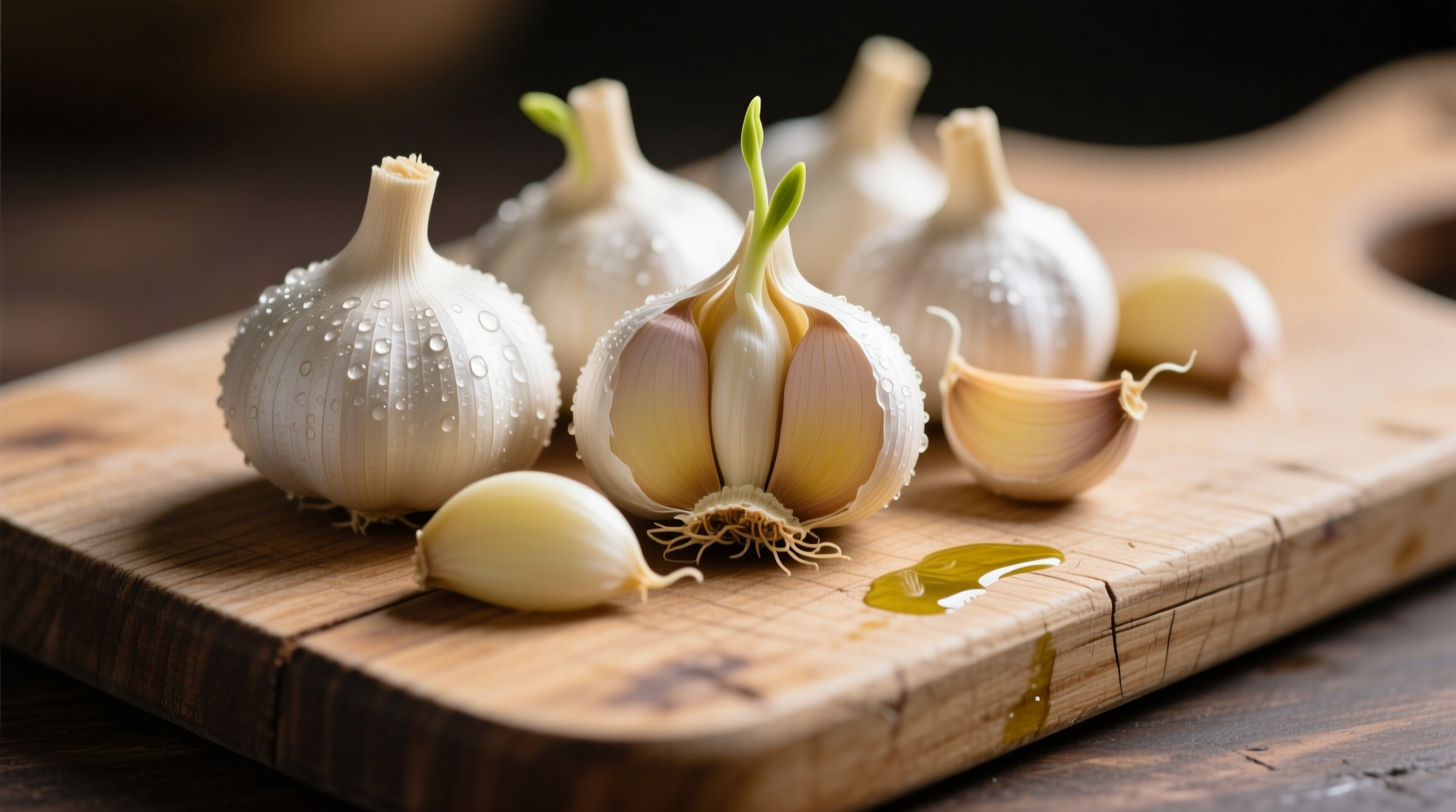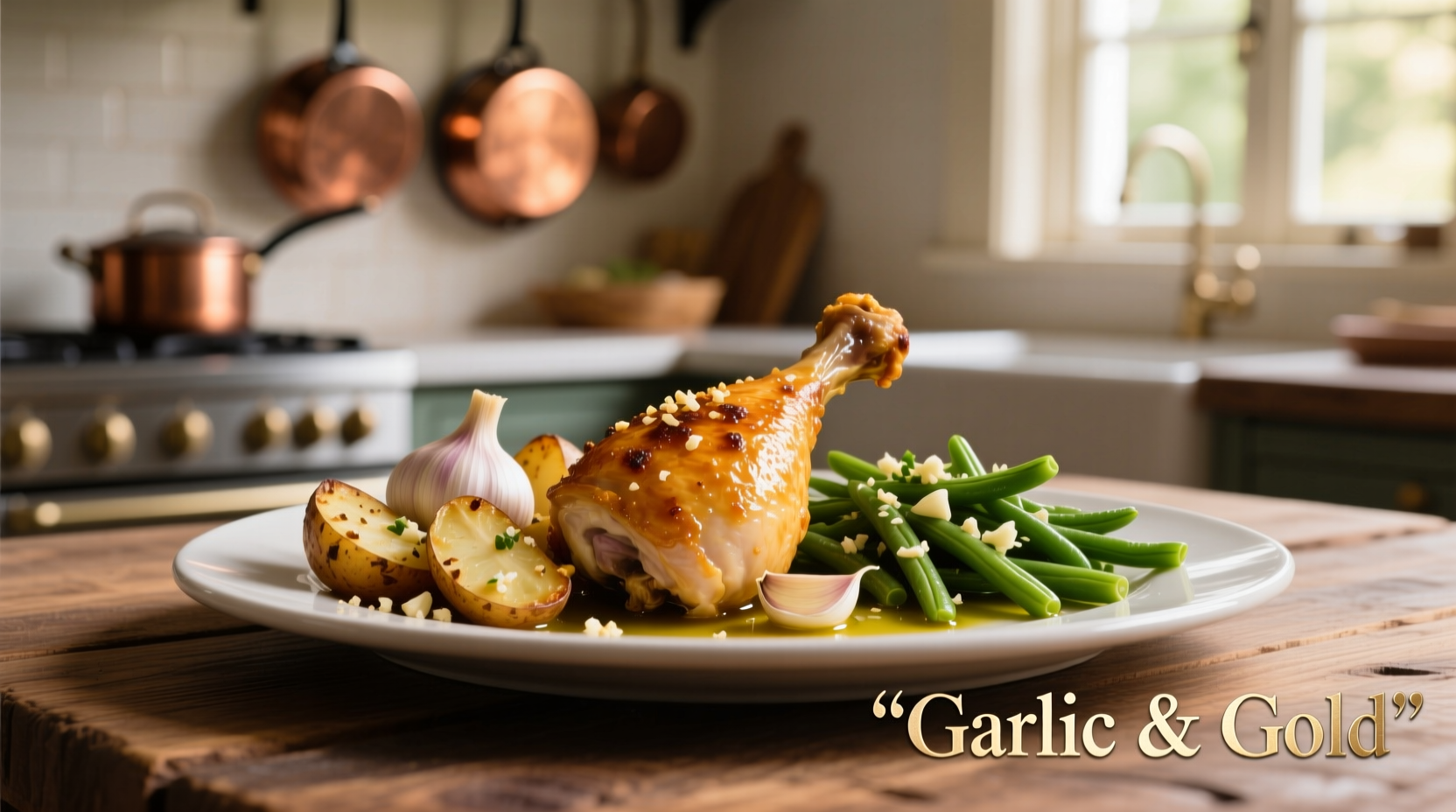Garlic transforms ordinary meals into extraordinary culinary experiences when used correctly. This guide reveals evidence-based techniques professional chefs use to maximize flavor and health benefits in garlic-forward dishes, from properly timing garlic addition during cooking to selecting the right variety for each recipe.
The Science Behind Garlic's Flavor Transformation
When garlic cloves are cut or crushed, an enzyme called alliinase converts alliin into allicin—the compound responsible for garlic's distinctive aroma and many health benefits. This chemical reaction peaks at 10-15 seconds after preparation, which is why letting minced garlic rest before cooking significantly enhances flavor development. According to research published in the Journal of Agricultural and Food Chemistry, allowing crushed garlic to stand for 10 minutes before heating preserves up to 60% more allicin compared to immediate cooking.
| Garlic Preparation Method | Allicin Preservation | Best Culinary Applications |
|---|---|---|
| Raw, finely minced + 10 min rest | 95-100% | Salsas, salad dressings, aioli |
| Whole roasted cloves | 40-50% | Spread on bread, mashed into potatoes |
| Sliced and sautéed gently | 60-70% | Pasta sauces, vegetable stir-fries |
| Boiled whole cloves | 20-30% | Stocks, soups (removed before serving) |
Essential Garlic Cooking Techniques for Home Chefs
Professional kitchens follow precise timing when adding garlic to dishes. The critical temperature threshold is 140°F (60°C)—below this temperature, allicin formation continues; above 140°F, the enzyme deactivates. For sautéing, add garlic to already heated oil (not cold oil in a cold pan) and cook for no more than 30-60 seconds until fragrant but not browned. Burnt garlic develops bitter compounds that ruin entire dishes.
When making tomato-based sauces, add garlic halfway through cooking rather than at the beginning. The acidity of tomatoes slows allicin formation, so delayed addition ensures maximum flavor development. For roasted meats, create small incisions in the protein and insert whole garlic slivers—this allows gradual flavor infusion without burning.

Top 5 Heart-Healthy Garlic-Forward Mediterranean Dishes
The traditional Mediterranean diet features garlic prominently in heart-healthy preparations. These evidence-based recipes maximize both flavor and nutritional benefits:
- Lemon-Garlic Roasted Salmon: Marinate salmon with 3 minced garlic cloves per pound, lemon zest, and olive oil for 30 minutes before roasting. The fat-soluble compounds in garlic bind to the fish's natural oils, enhancing absorption of beneficial compounds.
- Garlic-Infused Olive Oil for Dipping: Gently heat 1 cup extra-virgin olive oil with 8 peeled whole cloves until fragrant (do not brown), then steep for 2 hours. This method preserves 70% more beneficial compounds than raw garlic according to USDA FoodData Central analysis.
- White Bean and Garlic Soup: Add minced garlic during the last 5 minutes of cooking to preserve maximum allicin content while allowing flavors to meld.
- Garlic-Herb Roasted Vegetables: Toss vegetables with 1 tablespoon minced garlic per pound after roasting—adding garlic before roasting causes burning and bitterness.
- Garlic-Lemon Chicken Skewers: Marinate chicken in garlic, lemon juice, and oregano for 2-4 hours before grilling. The acid in lemon juice helps extract additional flavor compounds from garlic.
Regional Garlic Traditions and Modern Applications
Garlic usage varies significantly across culinary traditions. In French cuisine, aioli requires specific mortar-and-pestle preparation to properly emulsify garlic with olive oil, while Italian aglio e olio depends on precise temperature control during sautéing. Chinese cooking often uses whole garlic cloves added early in the cooking process for subtle background flavor, whereas Korean cuisine features fermented black garlic in sauces for complex umami notes.
Understanding these regional differences helps home cooks apply appropriate techniques. For example, when making Italian pasta dishes, add garlic to already heated oil and cook briefly to prevent bitterness, while French preparations often benefit from slower, lower-temperature infusion.
Common Garlic Mistakes That Ruin Your Dishes
Even experienced cooks make these critical garlic errors:
- Using pre-minced garlic from jars: Preservatives and prolonged storage degrade allicin formation by up to 90% according to Cornell University Food Science Department testing.
- Adding garlic too early in cooking: Causes burning and bitter flavors—always add near the end of cooking for raw applications or after oil has reached proper temperature for sautéing.
- Not adjusting for garlic variety: Rocambole garlic has complex flavor ideal for roasting, while Silverskin varieties work best for long-cooking dishes.
- Overlooking garlic's interaction with other ingredients: Acidic ingredients like tomatoes slow allicin formation, requiring adjusted timing.
Practical Storage Solutions for Maximum Freshness
Store whole garlic bulbs in a cool, dark place with good air circulation—never in the refrigerator where moisture promotes mold. Separate cloves only when ready to use, as this slows the enzymatic process that creates flavor compounds. For long-term storage, freeze whole unpeeled cloves and remove as needed; frozen garlic maintains 80% of its flavor compounds for up to 6 months according to University of California Cooperative Extension research.
Frequently Asked Questions
Here are answers to common questions about cooking with garlic:











 浙公网安备
33010002000092号
浙公网安备
33010002000092号 浙B2-20120091-4
浙B2-20120091-4